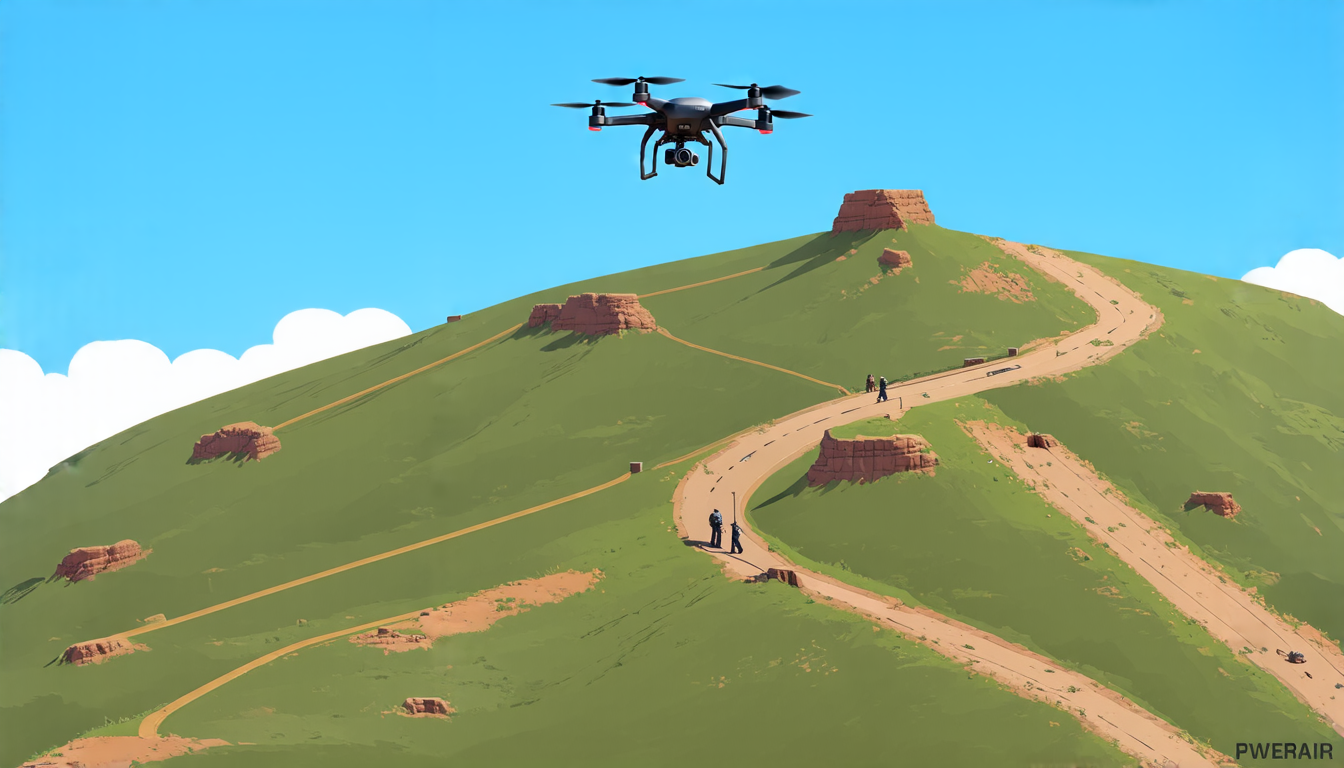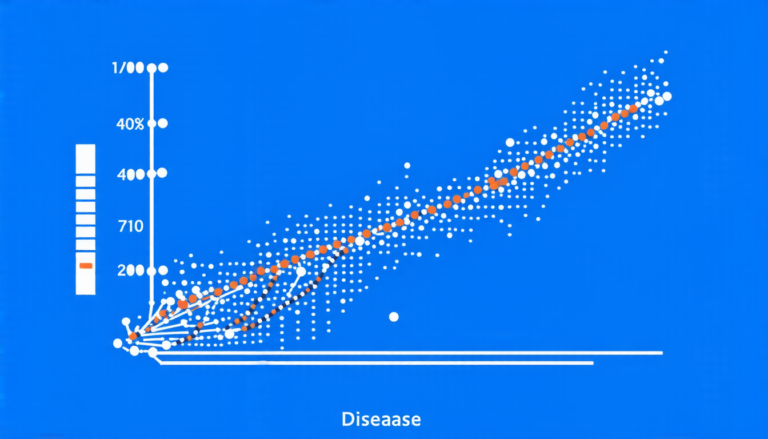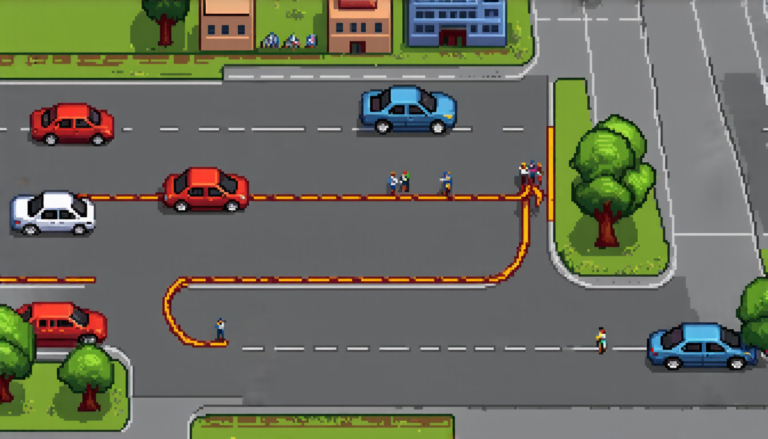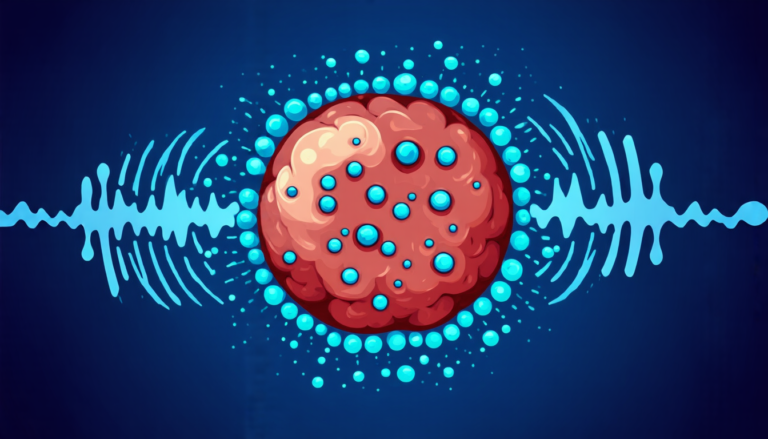Wednesday 16 April 2025
The quest for a more efficient path for aerial vehicles has been ongoing for decades, with researchers continuously pushing the boundaries of what is possible. A recent study has made significant strides in this area, proposing a new approach to motion planning that could revolutionize the way we design and operate aircraft.
At its core, the study focuses on the Dubins vehicle, a mathematical model used to generate paths for aerial vehicles. By analyzing the constraints imposed by this model, researchers have identified a key issue: the lack of consideration for curvature constraints in traditional path-planning algorithms. These constraints are critical, as they determine the minimum turning radius required for safe and efficient flight.
To address this limitation, the study proposes an alternative approach that takes into account the Dubins vehicle’s curvature constraints. By doing so, it enables the creation of more efficient paths that minimize fuel consumption and reduce the risk of collisions. The new method is based on a phase portrait approach, which involves analyzing the behavior of the vehicle over time to determine the optimal path.
One of the key benefits of this approach is its ability to generate paths for aerial vehicles with varying turning radii. This is particularly important in real-world scenarios, where aircraft may need to navigate complex terrain or avoid obstacles while maintaining a safe and efficient flight profile. By incorporating curvature constraints into the path-planning algorithm, researchers can ensure that the generated paths are not only optimal but also feasible.
The study’s findings have significant implications for the development of autonomous aerial vehicles (AAVs). With the ability to generate more efficient paths, AAVs could potentially reduce their energy consumption and extend their flight duration. This could lead to a range of applications, from search-and-rescue missions to environmental monitoring and surveillance.
In addition to its practical applications, the study’s results also shed light on the fundamental principles governing aerial motion planning. By understanding how curvature constraints affect path generation, researchers can gain insights into the complex interactions between aircraft dynamics, terrain, and obstacles.
While the study’s findings are significant, they also highlight the need for further research in this area. As AAVs become increasingly sophisticated, it is essential to continue pushing the boundaries of motion planning and control theory. By doing so, we can unlock new possibilities for aerial vehicles and revolutionize the way we interact with our environment.
The study’s innovative approach has far-reaching implications for the development of autonomous aerial vehicles and underscores the importance of incorporating curvature constraints into path-planning algorithms.
Cite this article: “Robotic Motion Planning in 3D: A Novel Approach to Dubins Vehicle Navigation”, The Science Archive, 2025.
Aerial Vehicles, Motion Planning, Dubins Vehicle, Curvature Constraints, Autonomous Aerial Vehicles, Path-Planning Algorithms, Phase Portrait Approach, Aircraft Dynamics, Terrain, Obstacles.







